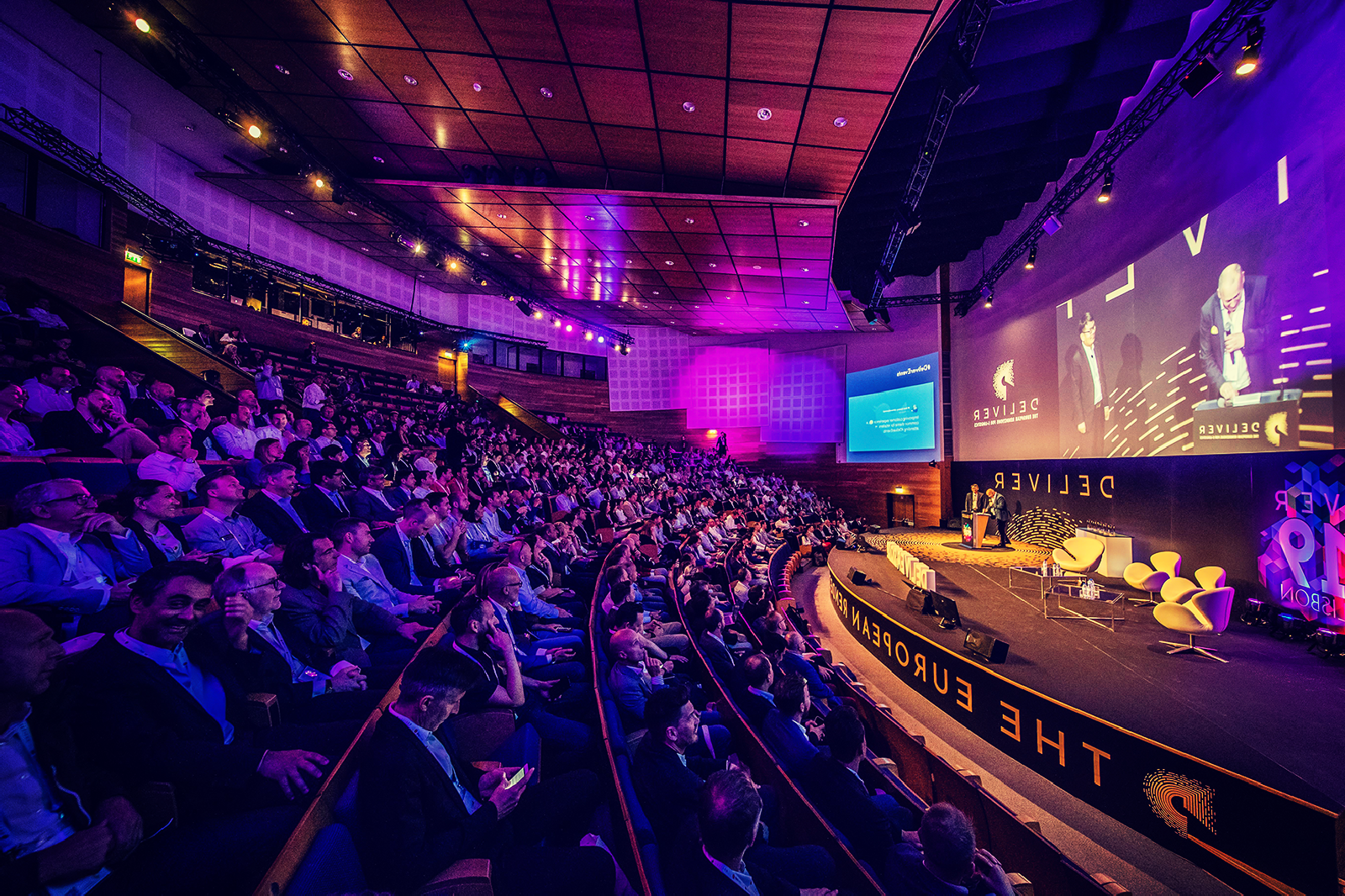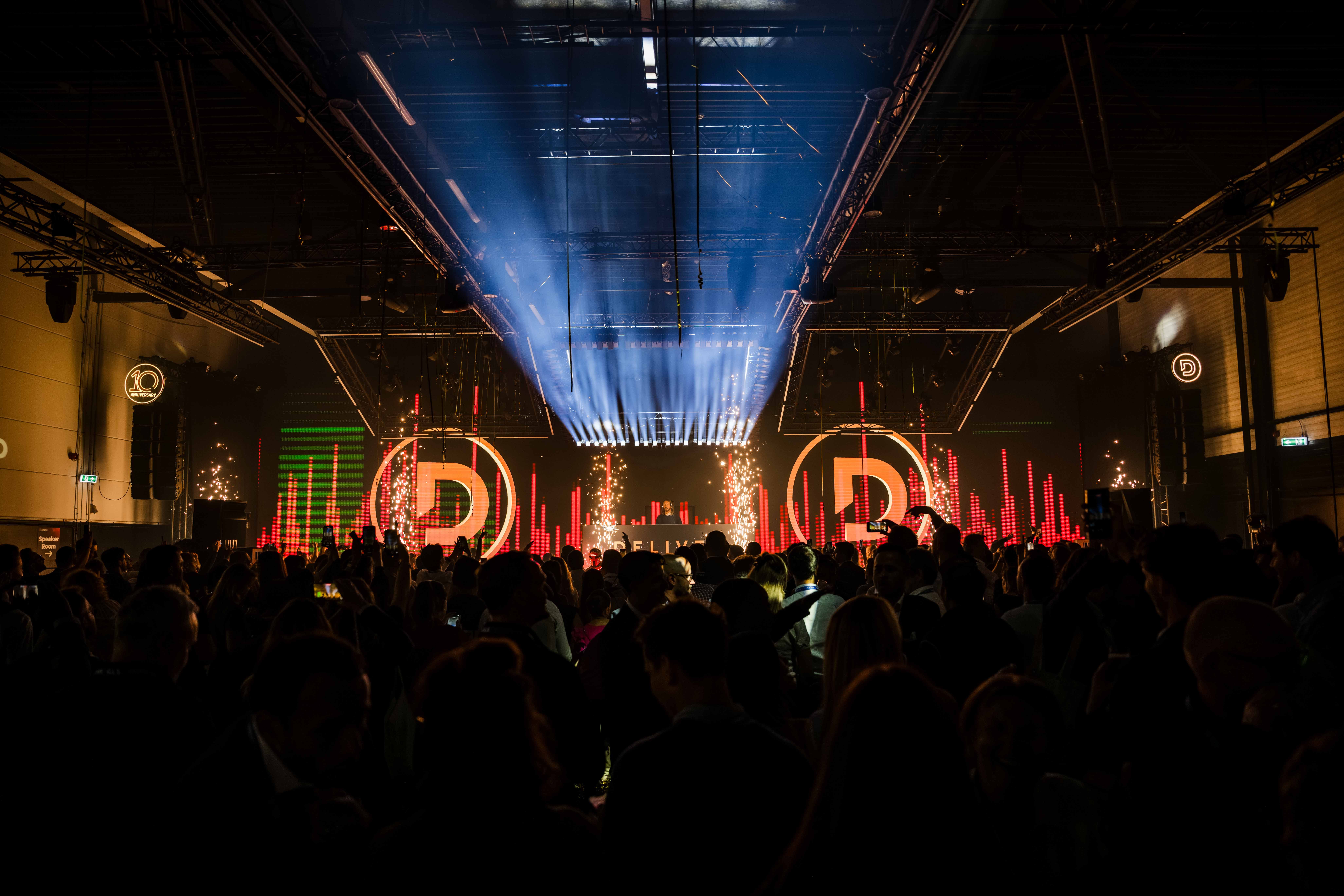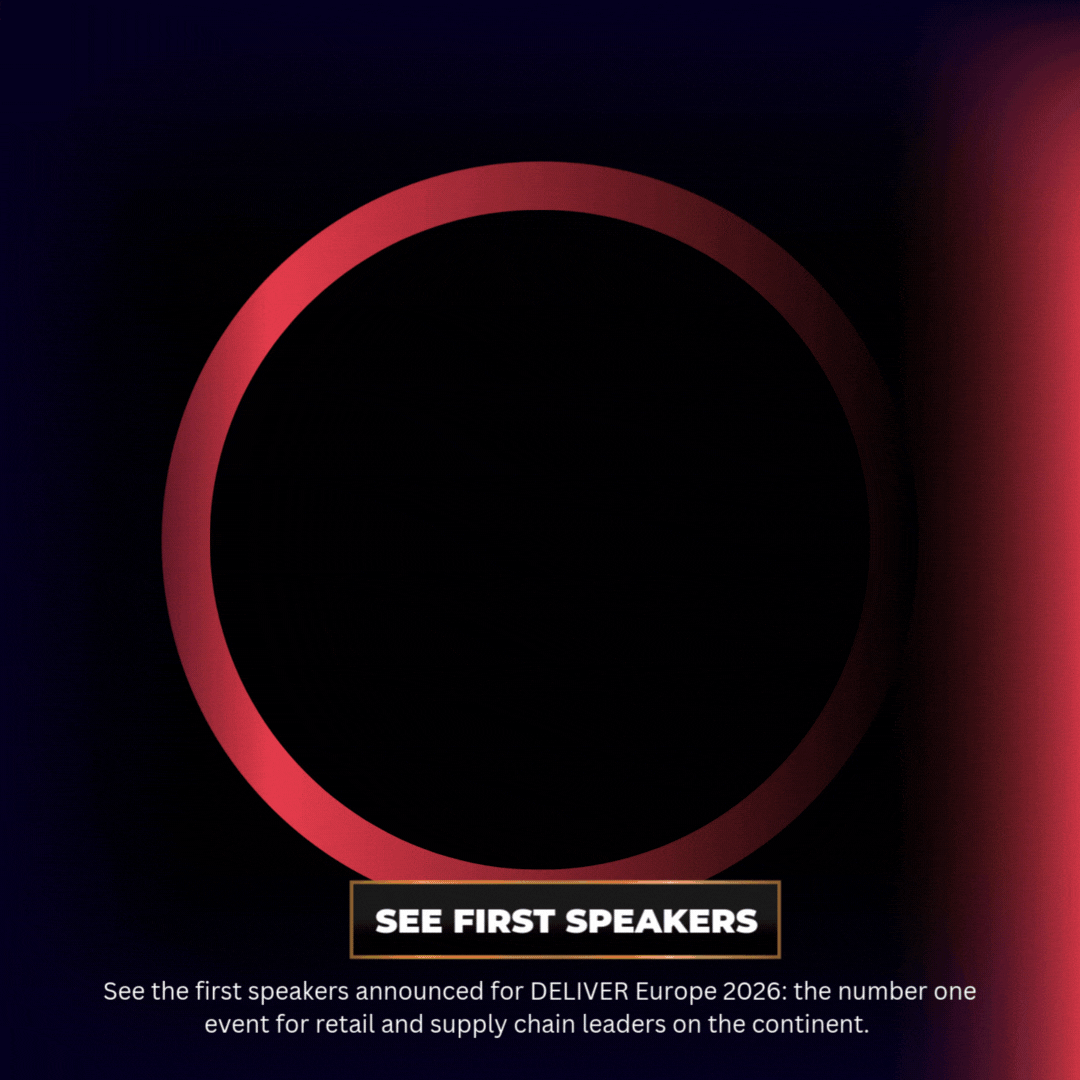Big, Bulky, and Broken: Why AI Is the Missing Link in Complex Deliveries
Big, Bulky, and Broken: Why AI Is the Missing Link in Complex Deliveries
Speakers:
-
Angad Abrol, VP of Product Growth, FarEye
-
Pavel Sinelnik, D2C Supply Chain Director, Electrolux Group
-
Moderator: Sophie de Jongste (PwC)
The Challenge: Premium Products, Nightmare Logistics
Electrolux’s ecommerce business has exploded in recent years, shipping over half a million large appliances — from 100kg fridges to complex cooktops — across Europe. Customers expect precision: timed slots, upstairs deliveries, and on-the-spot installation. But many logistics systems still rely on logic from 2010, not 2025.
Pavel Sinelnik illustrated the stakes with a real case: a third-floor fridge delivery with no elevator, in a remote town, requiring same-day installation — all within a two-hour window. Traditional systems aren’t built for this.
Hidden Costs and Brand Impact
Logistics isn’t just a cost centre — it’s a brand-defining touchpoint. Failed installations, missed deliveries, or unclear time slots can tank Electrolux’s marketplace ratings and erode already tight margins. Even small delays ripple through the supply chain, requiring rescheduled technicians and additional delivery costs.
Why AI — and Why Now?
The solution isn’t automation alone, but real-time orchestration. Enter FarEye.
Angad Abrol introduced the concept of using AI to coordinate delivery logistics across geographies, carriers, product types, and customer preferences — instantly at checkout. This includes:
-
Carrier selection based on cost, SLAs, sustainability, and geography
-
Slot preference analysis for delivery monetisation
-
Machine learning to adapt planning based on third-floor deliveries vs. row houses
In short: AI connects previously siloed decisions to deliver better customer experiences and increase profitability.
Monetising Logistics: The Rise of “Delivery Products”
One of Electrolux’s boldest moves is selling logistics as a product. Customers can now pay for added convenience — like preferred delivery days or two-person installations — generating revenue from logistics complexity. AI helps segment customers by willingness to pay and matches them to optimised fulfilment options.
AI in Action: Real-World Gains
By embedding AI in delivery planning, Electrolux reduced reimbursement times, increased first-attempt delivery success, and freed up carrier capacity. A better grasp of service times across neighbourhood types allows for more installations per day — and happier customers.
Key metrics improved:
-
Stops per on-road resource
-
Cost per delivery
-
Customer satisfaction & NPS
-
Marketplace ratings
The Takeaway: From Automation to Orchestration
This session was a masterclass in what logistics innovation really looks like in 2025. It’s not just about automation — it’s orchestration at scale. By connecting data, aligning systems, and embracing AI for decision-making, Electrolux is showing how supply chains can drive both efficiency and brand loyalty.
As Angad noted: “AI won’t solve every problem, but if you use it as orchestration rather than just automation, it will change the game.”



